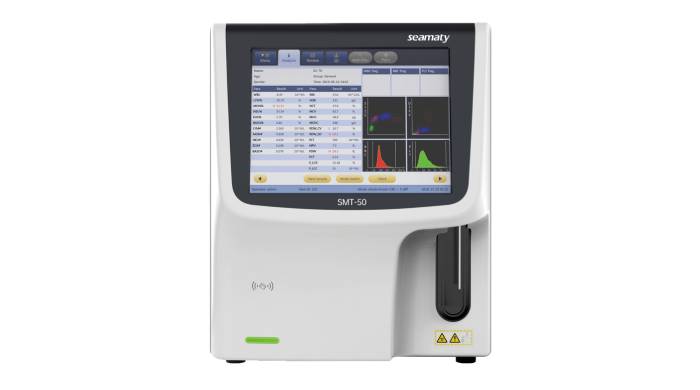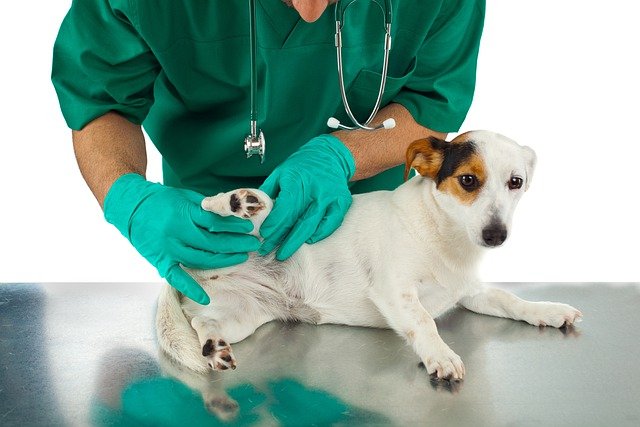release time:2021-11-17 11:42:53
Intraocular pressure: If you notice that your dog's eyeballs have become large, there is a good chance that the pressure in the eye is too high. Make sure you get to the emergency room!
For adult pets, if there is no disease, an annual checkup is sufficient. When pets enter old age, a frequency of twice a year is recommended to ensure that diseases can be detected and treated as early as possible.

2024-01-10
Ditch manual drudgery & embrace automated ease! Say goodbye to time-consuming chemistry analysis with the Seamaty SD1. This revolutionary analyzer delivers faster, more accurate diagnoses with minimal effort & sample volume. Streamline workflows, reduce errors, & improve patient care - learn how the SD1 empowers smarter diagnostics today!

2022-09-23
Hematology analyzer is one of the most widely used instruments for clinical testing in hospitals. Automated hematology analyzers are often used in doctor's office laboratories, small independent laboratories and clinics to perform CBC tests

2021-12-29
Veterinary biochemical testing is the testing of multiple chemical components within a sample. The levels of these chemicals reflect many conditions in various organs of the body. Most veterinary biochemical tests measure blood electrolytes and assist in the diagnosis of liver, kidney and pancreatic disease.